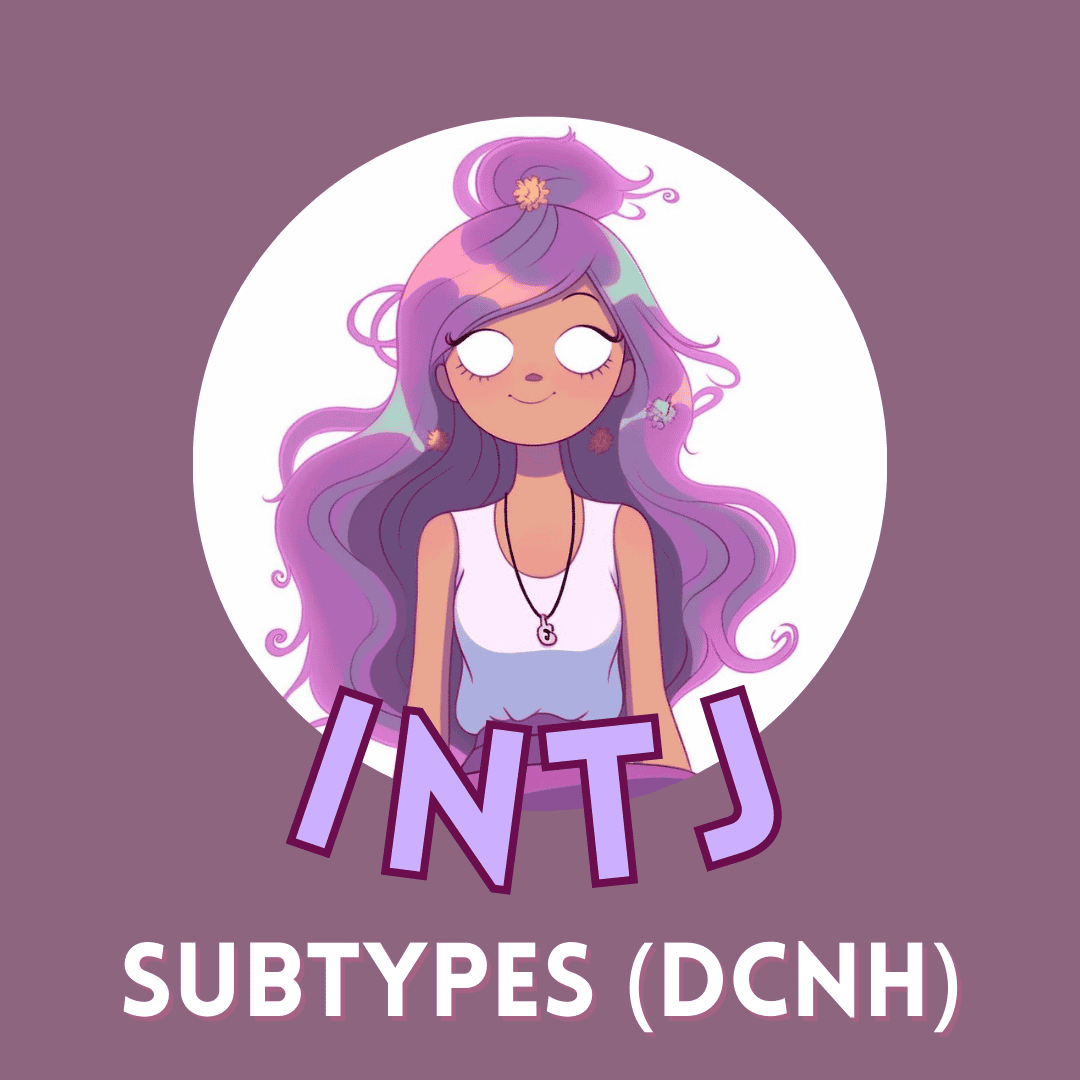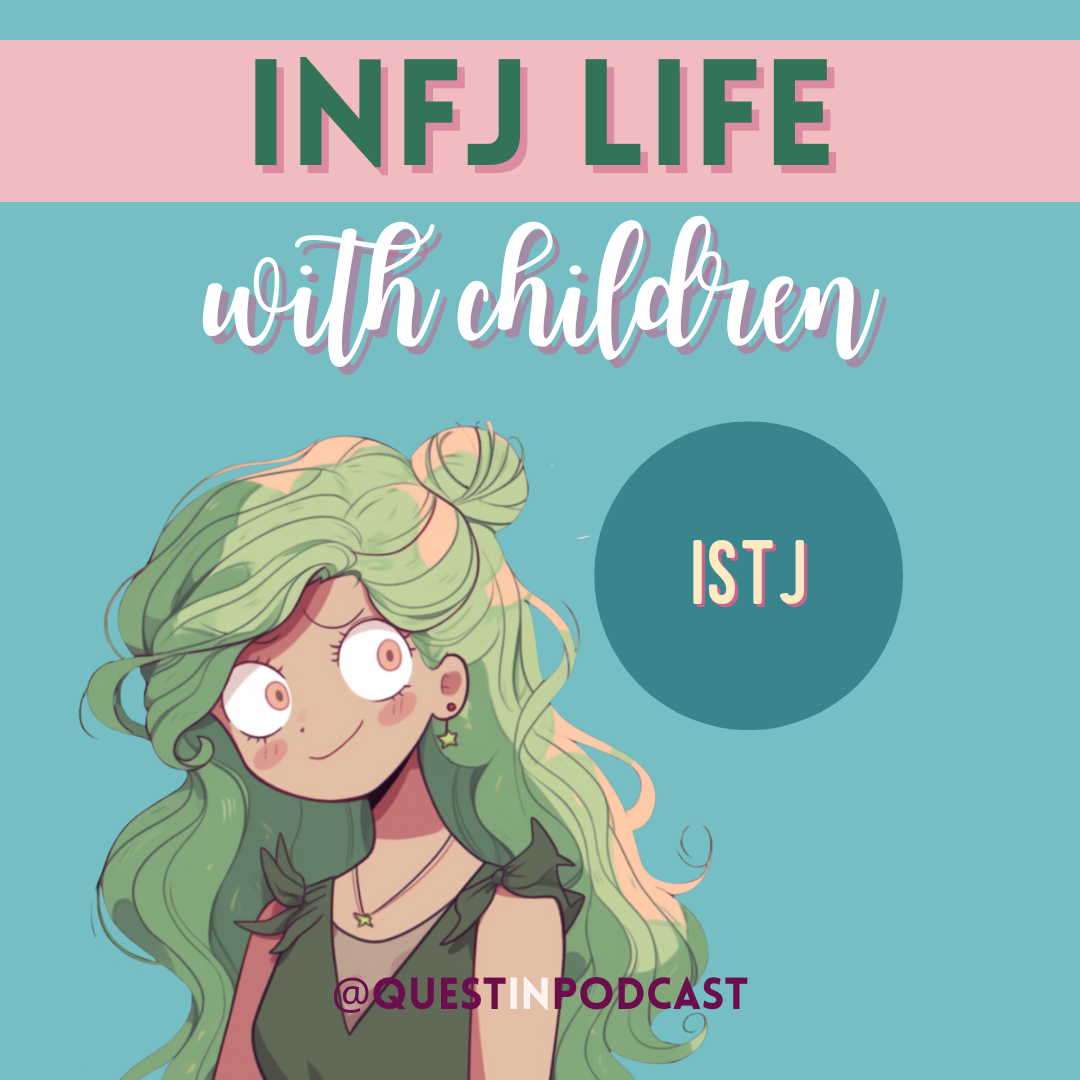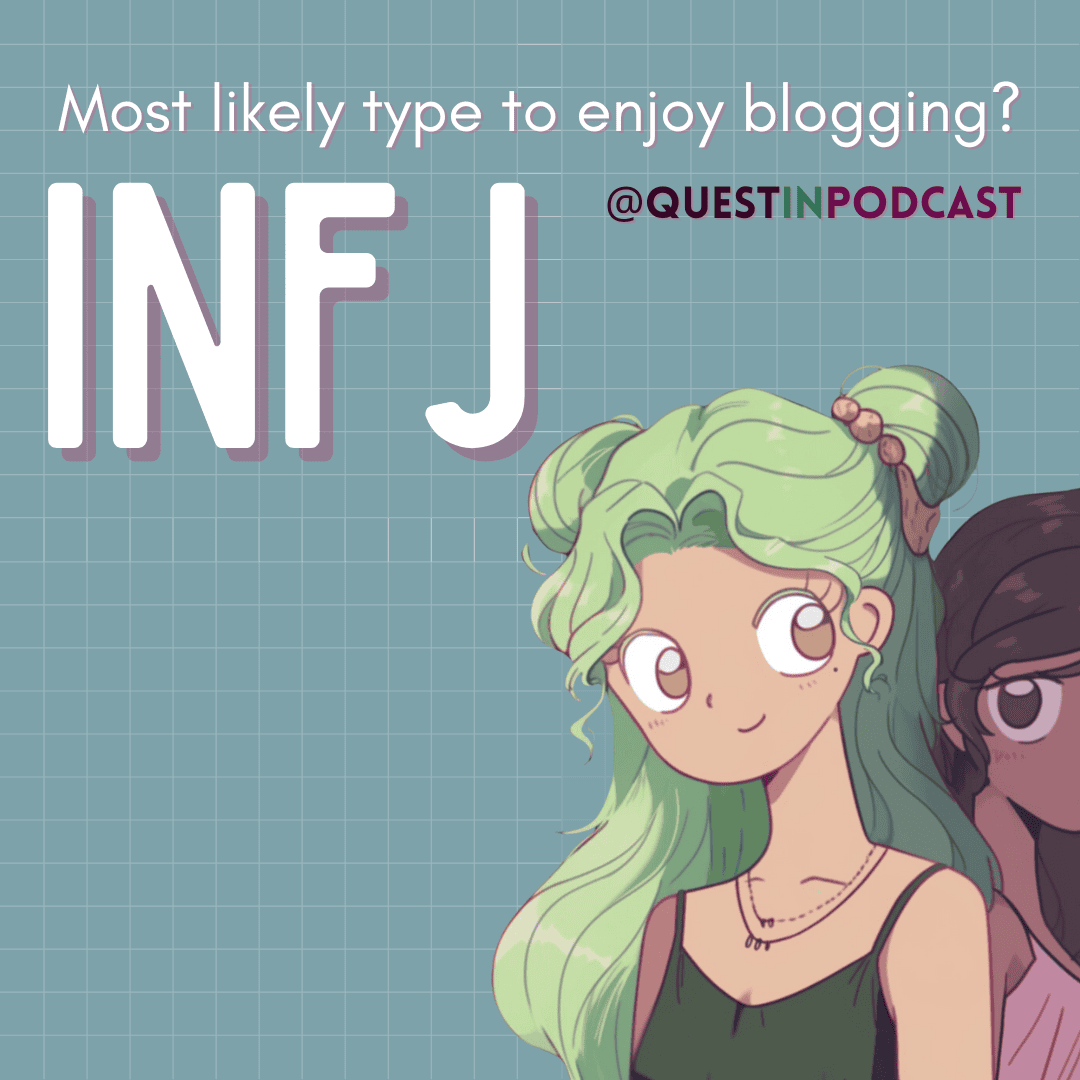
Dr. Dario Nardi INTJ Subtypes (Socionics DCNH)
What are INTJ subtypes?
The psychological subtypes were originally introduced by Viktor Gulenko, but Dr. Dario Nardi expanded upon the framework in his latest released book Decode Your Personality (2024). The four subtypes are INTJ-D (dominant), INTJ-C (creative), INTJ-N (normalizing), and INTJ-H (harmonizing)
Viktor Gulenko’s subtype theory explains why “you will see that, despite the shared type, some will be more active, others more passive, some more resourceful, and others more reserved, etc.”

In this article, you’ll find a quick summary of the distinctions between the 4 INTJ subtypes according to Dr. Dario Nardi’s brain research.
I recently interviewed Dario and you can find our interview on my YouTube channel if you’re interested in hearing about his journey conducting brain research in the field of personality typology. His work is so fascinating and I absolutely love the direction that he is taking it!
Anyways, let’s explore the subtypes a little. If you like MBTI, be sure to also check out some of my other articles I’ve written. 🙂

INTJ-D (The Dominant INTJ Subtype)
An INTJ-D subtype is deemed the “Visionary Director” who tends to be more driven and confident compared to other INTJs. The Dominant INTJ tends be relatively fast-reacting and have things worked out quickly. They make for skilled managers or executives who embrace their analytical skills, particularly language-based reasoning.
The Brain Wiring Pattern of an INTJ-D Subtype
The neurological patterns observed in Dr. Dario Nardi’s research reflect that this INTJ subtype shows a bias toward frontal activity while also favoring the left hemisphere for solid analytical skills. They do not tend toward unstructured creativity, but instead rely on hypothesizing and imaginative analogies to engage in their creative side.
Often, they have exceptional speaking skills and self-control. Additionally, they can be very skilled at sports and somewhat competitive. They have an assertive and territorial style that is comfortable with confrontation when necessary.
Outside of work, the dominant INTJ enjoys imaginative introverted activities that activate the back of the brain. These INTJs are less visual and instead more auditory-focused, enjoying audiobooks and music.

INTJ-C (The Creative INTJ Subtype)
An INTJ-C subtype gets the name of “Creative Enthusiast” that is more exploratory and social than other INTJs. This INTJ is highly creative in a very thoughtful and detailed way. Although they can be somewhat scattered and more generalists than specialists. They have fun in engaging others, entertaining, and getting things going.
The Brain Wiring Pattern of an INTJ-C Subtype
The neural pattern of this INTJ subtype reveals a strong, solid “starburst” pattern that is typical of fast intuitive insight. They can take in data very quickly, play around with in in their mind, and synthesize it into a productive conclusion.
They are particularly fast at absorbing abstract concepts, noticing patterns, and organizing their impressions in a goal-focused way to predict future outcomes. These INTJs tend to be the most innovative ones and see little distinction between their work and their hobbies.
INTJ-N (The Normalizing INTJ Subtype)
Dr. Dario Nardi calls this INTJ subtype the “Unconventional Guide” who tends to be more conventional and specialized than other INTJs. The Normalizing INTJ is more likely to come from a collectivist or conventional upbringing.
The Brain Wiring Pattern of an INTJ-N Subtype
The brain wiring of this subtype is relatively more evenly connected across the brain, with some bias to the back, middle-back, and/or left hemisphere. This patterning makes them appear to be linear, reflective, and analytical thinkers that process information one step at a time in a very logical way.
These INTJs are more attuned to their sense, more patient with analyzing details, and more likely to well-socialized. They are thoughtful and careful speakers.
Additionally, they tend to be particularly visual with a creative side that enjoys making crafts. Likely, these INTJs rely on old-fashioned pen & paper rather than working out ideas purely in their mind.

INTJ-H (The Harmonizing INTJ Subtype)
The INTJ-H subtype is the “Eccentric Diamond” who is more empathic and reflective than most INTJs. These INTJs are the most eclectic, most values-based, and most “out-there” of the INTJ types.
The Brain Wiring Pattern of an INTJ-H Subtype
Harmonizing INTJs show one or more diamond-shaped networks that cross hemispheres in the brain. Each network consists of 4-6 diverse brain regions that work together and multiple networks tend not to overlap. Each network is activated by its own “mode” for a certain situation or way of thinking.
Every “mode” offers a diverse set of skills that are harmonized through a “starburst” patterning. This allows all the regions to work in sync softly in the background, which allows the Harmonizing INTJ to often operate from a meta-perspective rapidly switching between modes.
However, if they lack for a mode for a situation, their behavior may be odd or non-reactive.

Conclusion
Both Viktor Gulenko and Dr. Dario Nardi also calls the subtypes a theory on variants of personality. Dario specifically claims it is best to look at the subtypes as different strengths each type has access to.
I will write and share future content about Viktor Gulenko’s framework in Socionics with subtypes.
Thank you for reading! Check out a few other MBTI articles I have published.







